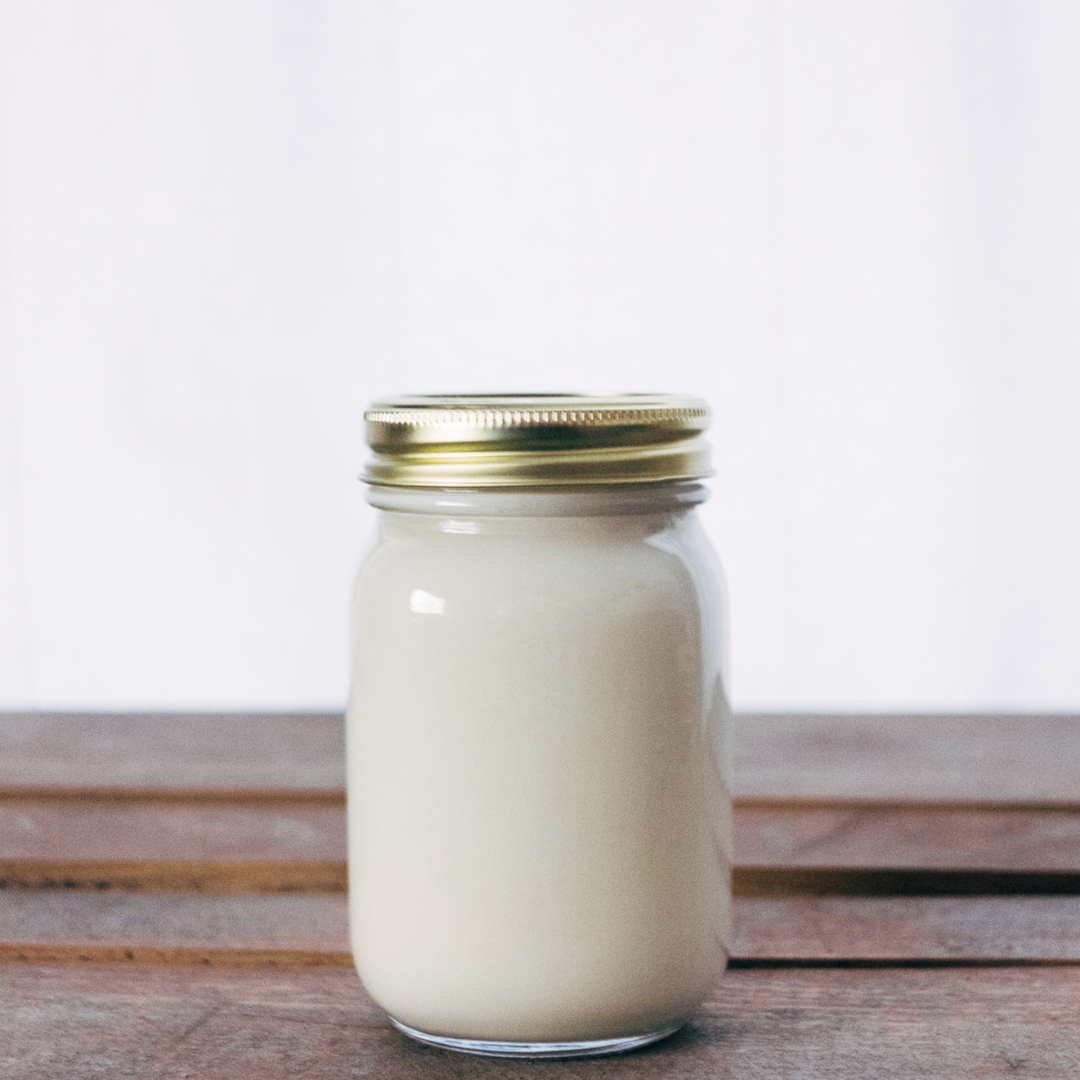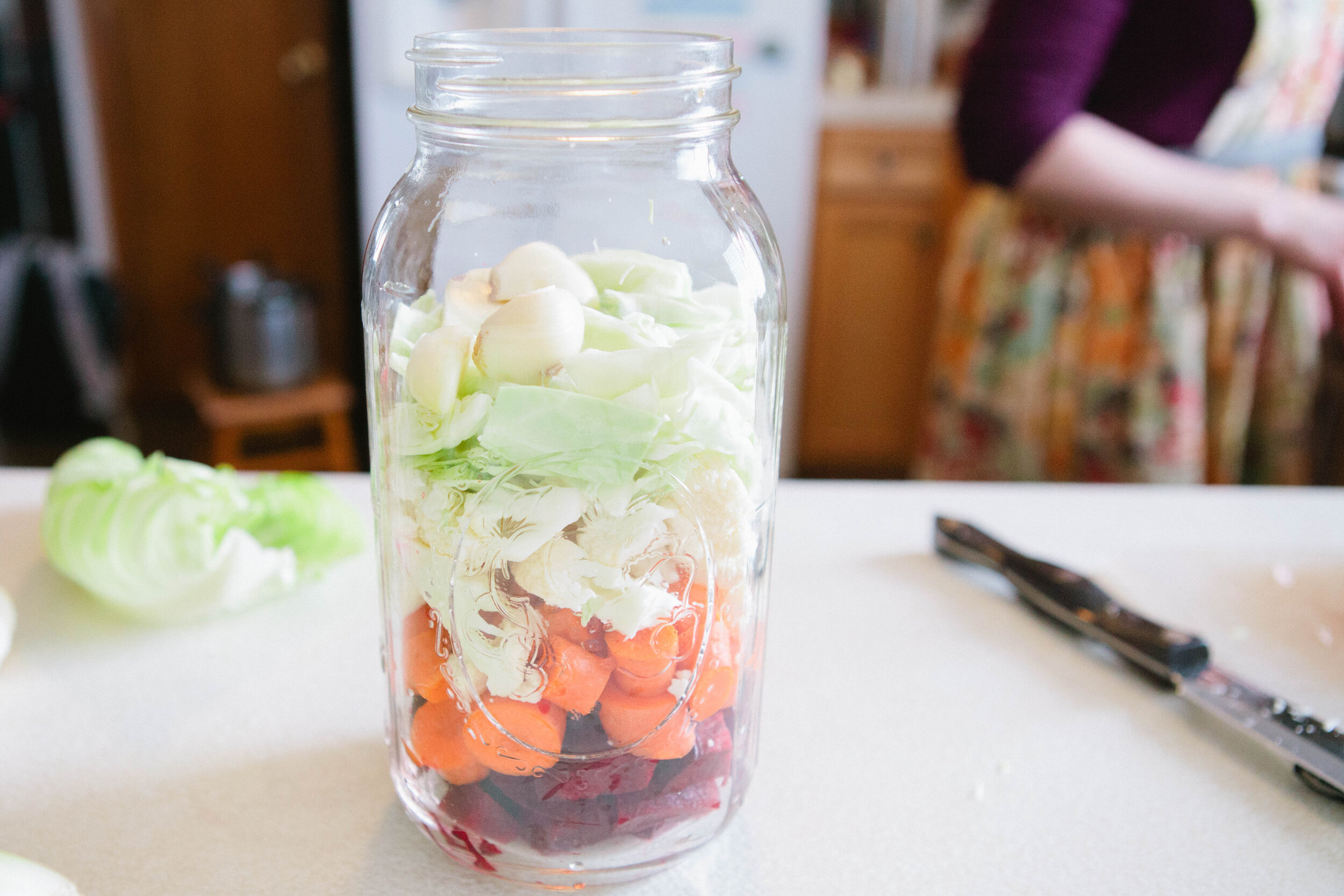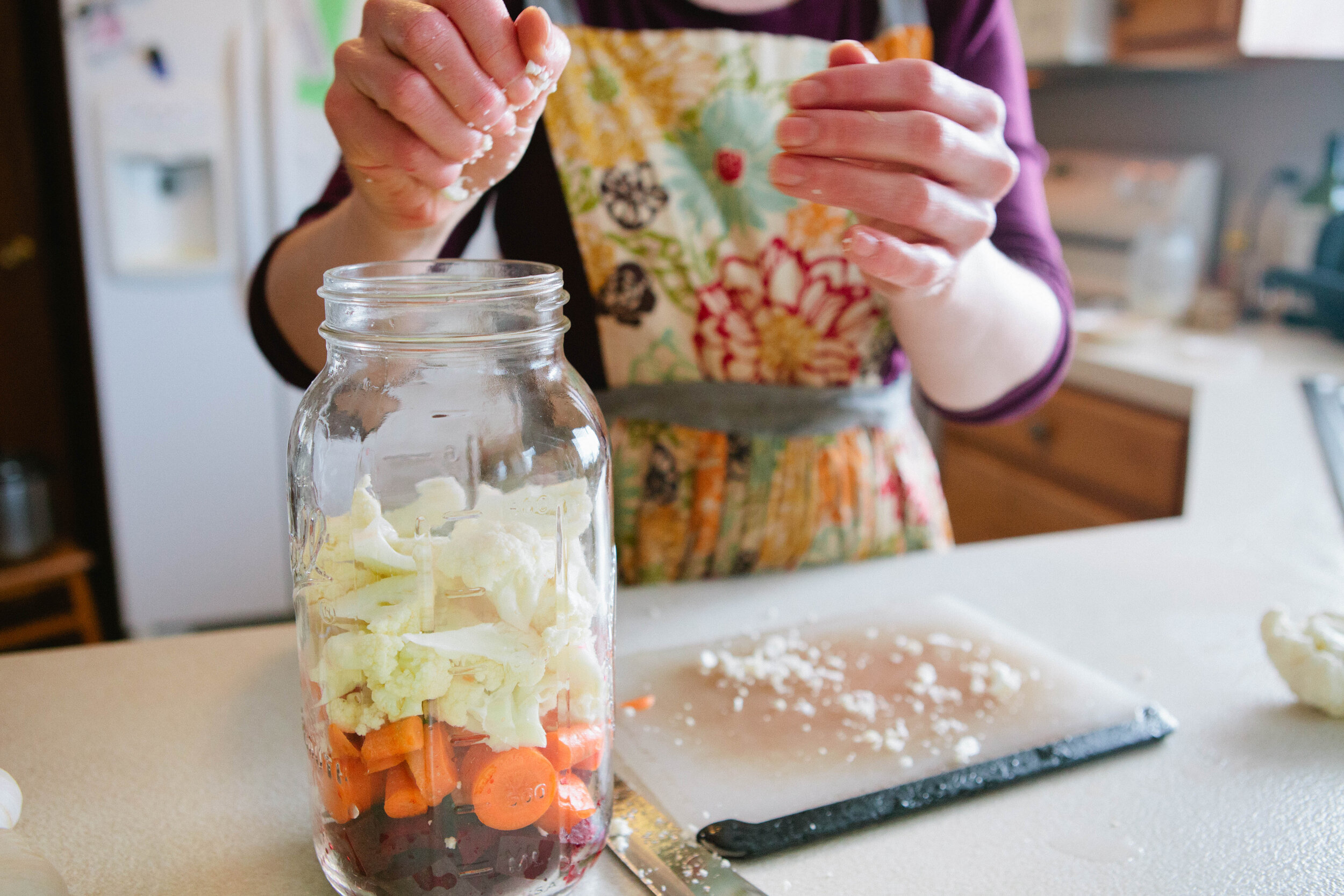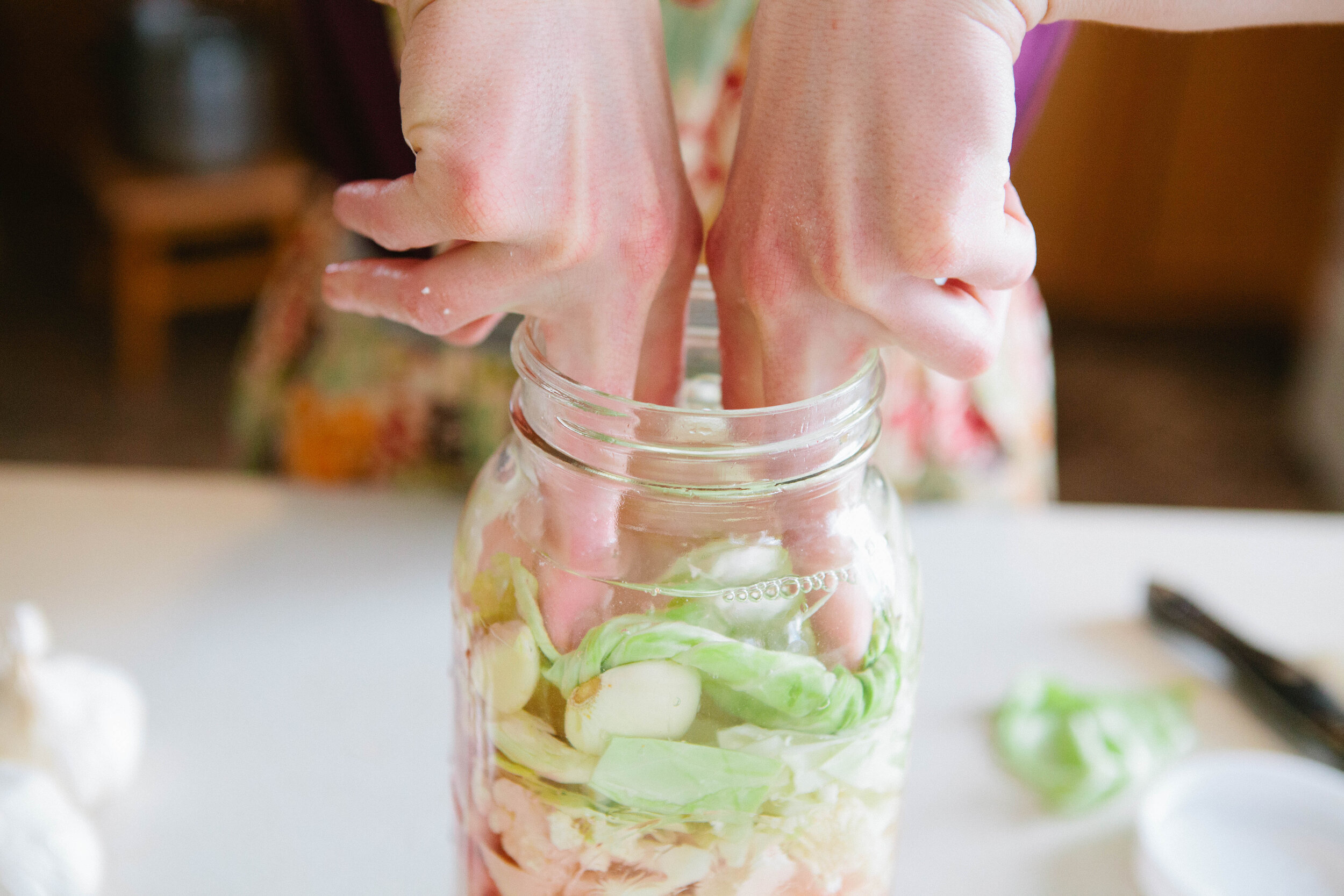Laziness? Or a Change in Priority?
A few weeks ago we talked about consistency being the secret sauce. And that is very true, it is. But I have found that it is incredibly difficult to be consistent in things that I don’t really believe are important. And I think this goes beyond a mental game. To be on the GAPS protocol, or to follow any health choices that are contrary to the mainstream, you have to have a strong mental game. I think all of you show a tremendous amount of will power; I’m not worried about your mental game! Could it be something else?
Consistency... It's the Secret Sauce
On my own health journey, I have found that I will keep a habit consistently (like a detox bath every single day for over a year) and then, all of a sudden, stop doing it. I don’t make a conscious choice, I just start forgetting to do it. Has that ever happened to you? Why do you think it happens? Did you (like most people) beat yourself up for being lazy or undisciplined?
I used to do that as well! But now I have a new theory! I think that it’s more than just getting “thrown off” by a change in routine, or losing our mental “game.” I think that often we stop certain things because that habit has ceased to be a priority. Our body (“innate intelligence”, “subconscious”, or “body-partner”) stops pushing for that behavior because something else has become a priority.
Let’s use the example of a detox bath, because it has made this idea most clear to me. Although I am a fairly disciplined person in general, there was another reason why I took a detox bath every night. Namely, if I didn’t, I would get a migraine the next day. Almost guaranteed. So of course I prioritized taking a detox bath. But, when I stopped taking them every night, the migraines didn’t come! My body was better able to handle detoxing, and no longer had to rely so strongly on the assistance of detox baths, so it “stopped being a habit.” Now I would say that I stopped taking a detox bath every night because I no longer needed to take one every night. There were other things that my body knew was more important to do with my time and energy. It could handle the toxins.
I imagine some of you are practically jumping out of your chair right now in protest, and shouting: “Are you saying that we don’t have to work at all to begin or maintain habits? We should just do what feels right and easy?” Ok, maybe you aren't quite doing that...but maybe wondering what I mean?
This is not quite what I am saying. Of course we have to be purposeful and invest energy in habits, especially new ones. And yes, there are times that we (wrongly) stop doing good and necessary things just because it’s easier or more comfortable. We were given will power for a reason. And there are times when we need to use it.
What I am saying is that some of the habits we choose, and put tremendous energy into, are not best for our body. These are the ones we failrepeatedly in our attempts to establish. Sometimes they are rightly not a priority for us. And sometimes they are actually bad habits disguised as good ones (that’s another blog post). And sometimes we need to power through and do them. It depends.
So stop beating yourself up for failing again. Evaluate the habit and see if it’s actually a priority for your body. (Stay tunes, next time we will talk about how to do that.) Then work with your partner (your body) and use your energy and will power to maintain the important habits. You will be kinder to yourself, and feel and experience more success in your journey towards better health, which is the real goal!
Onward!













